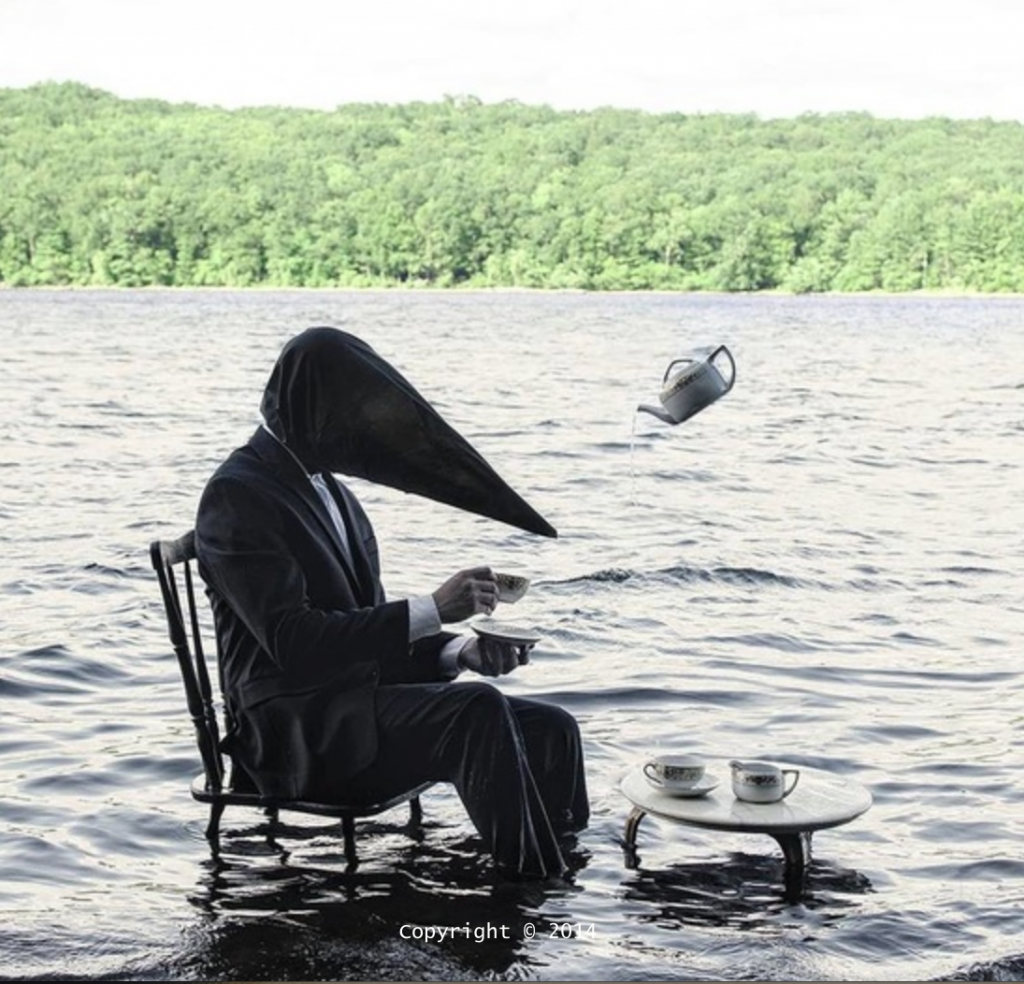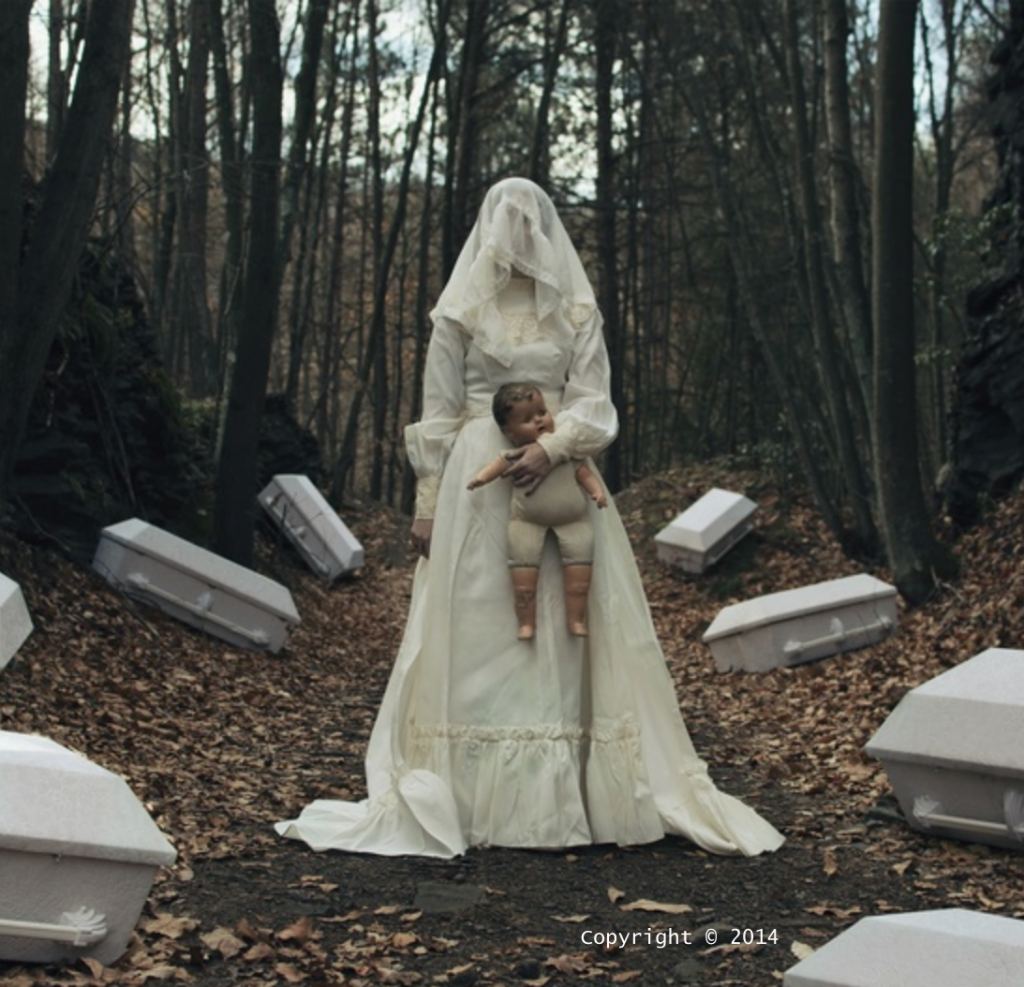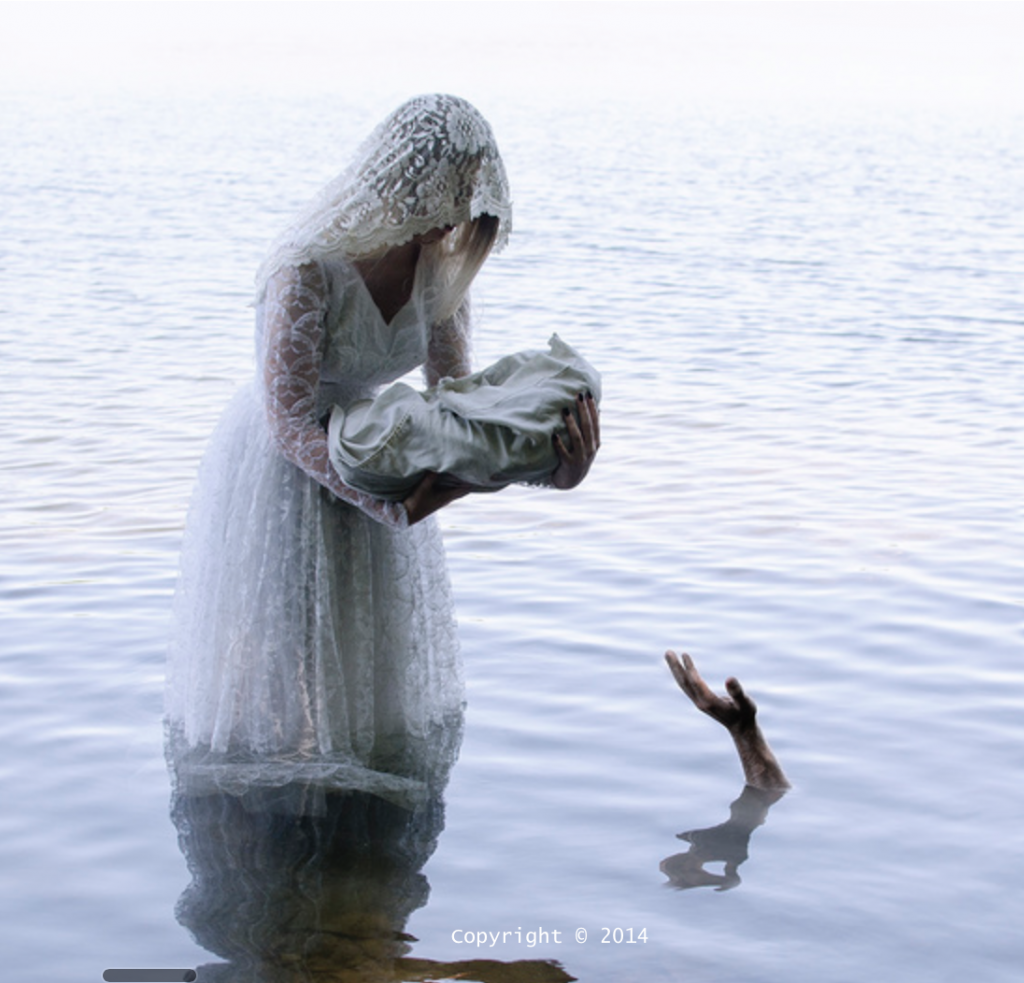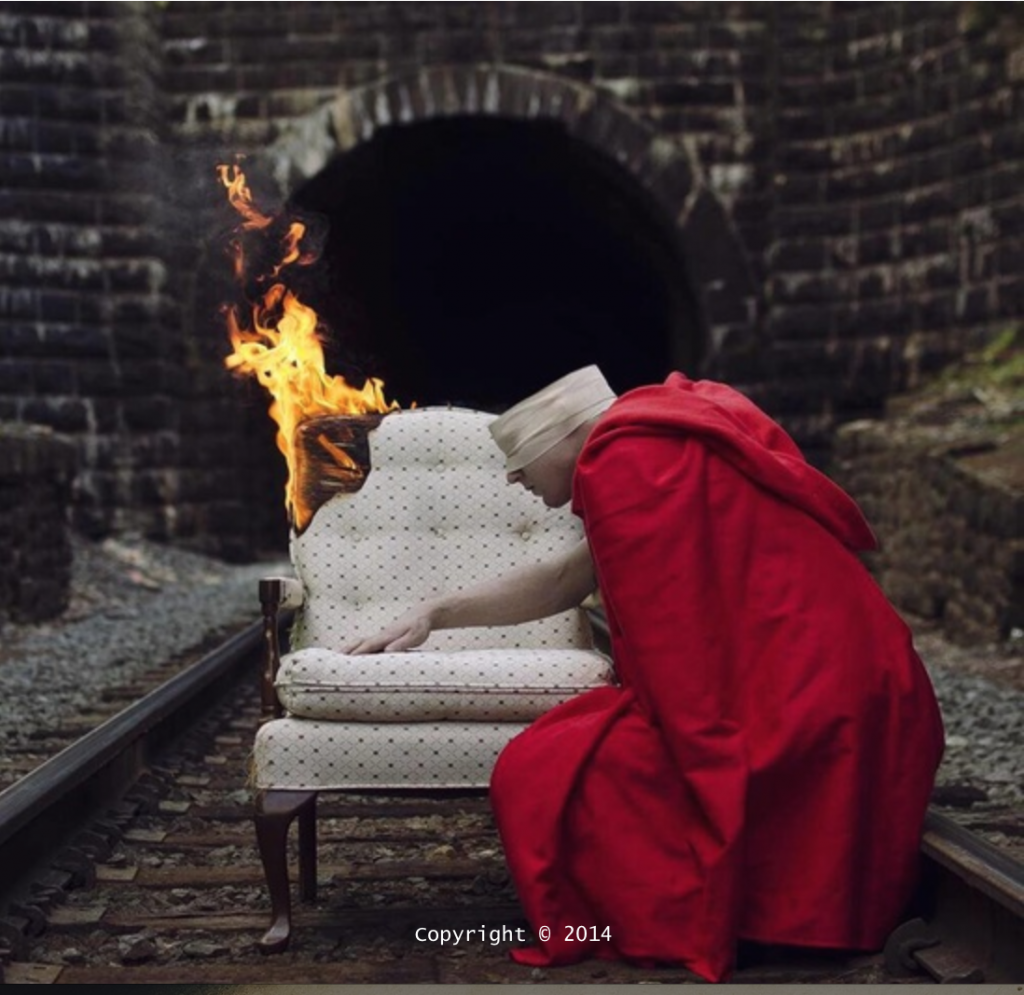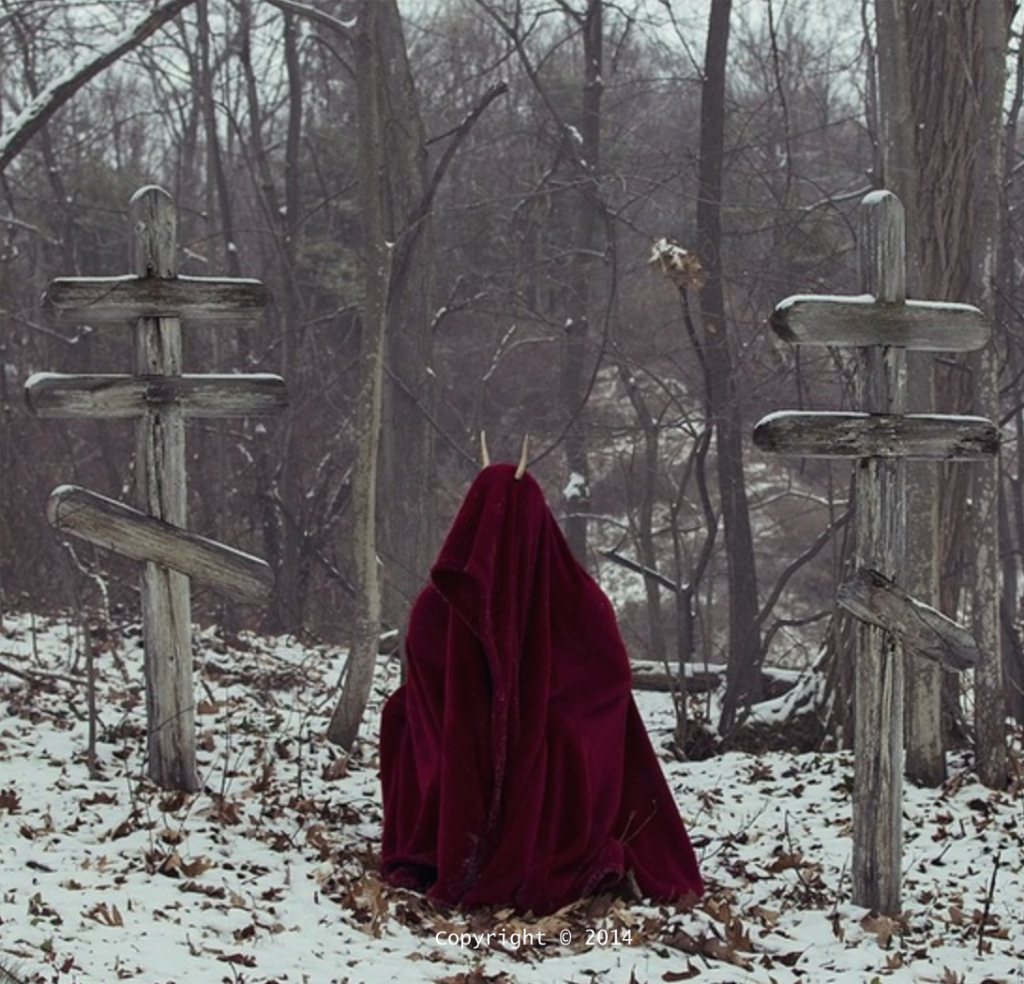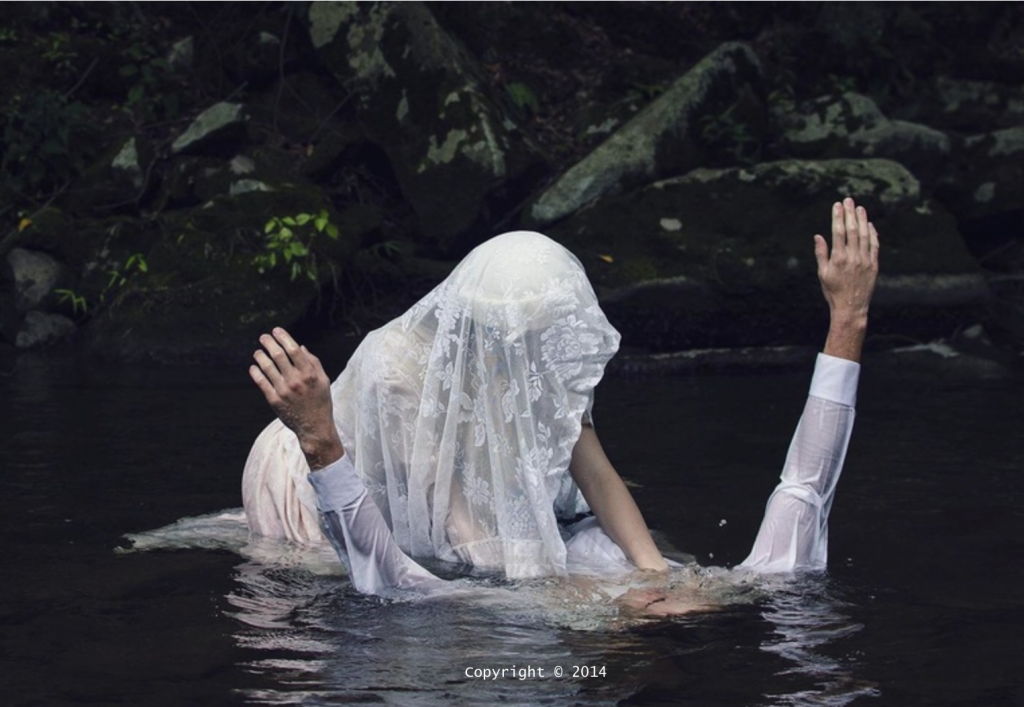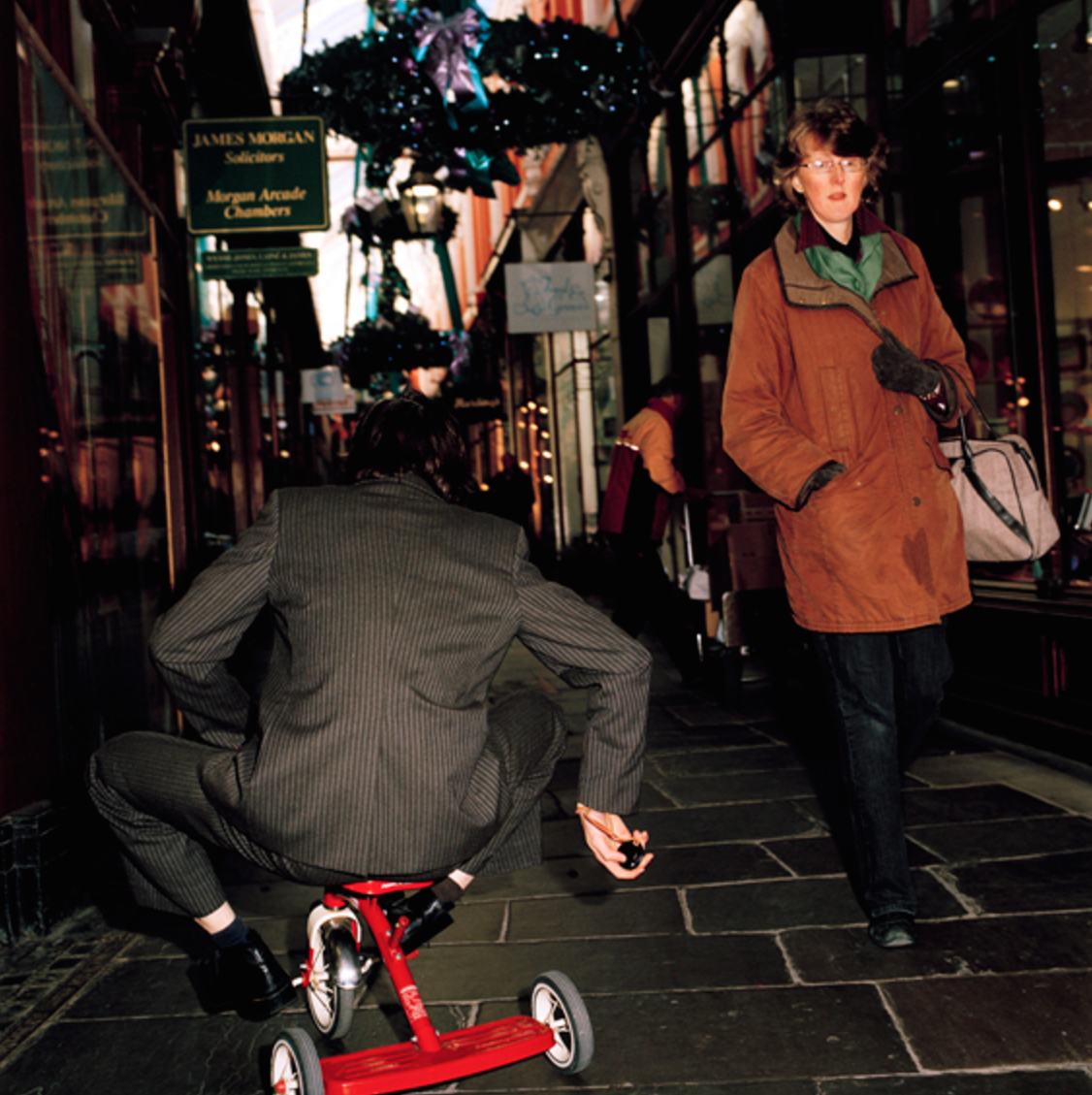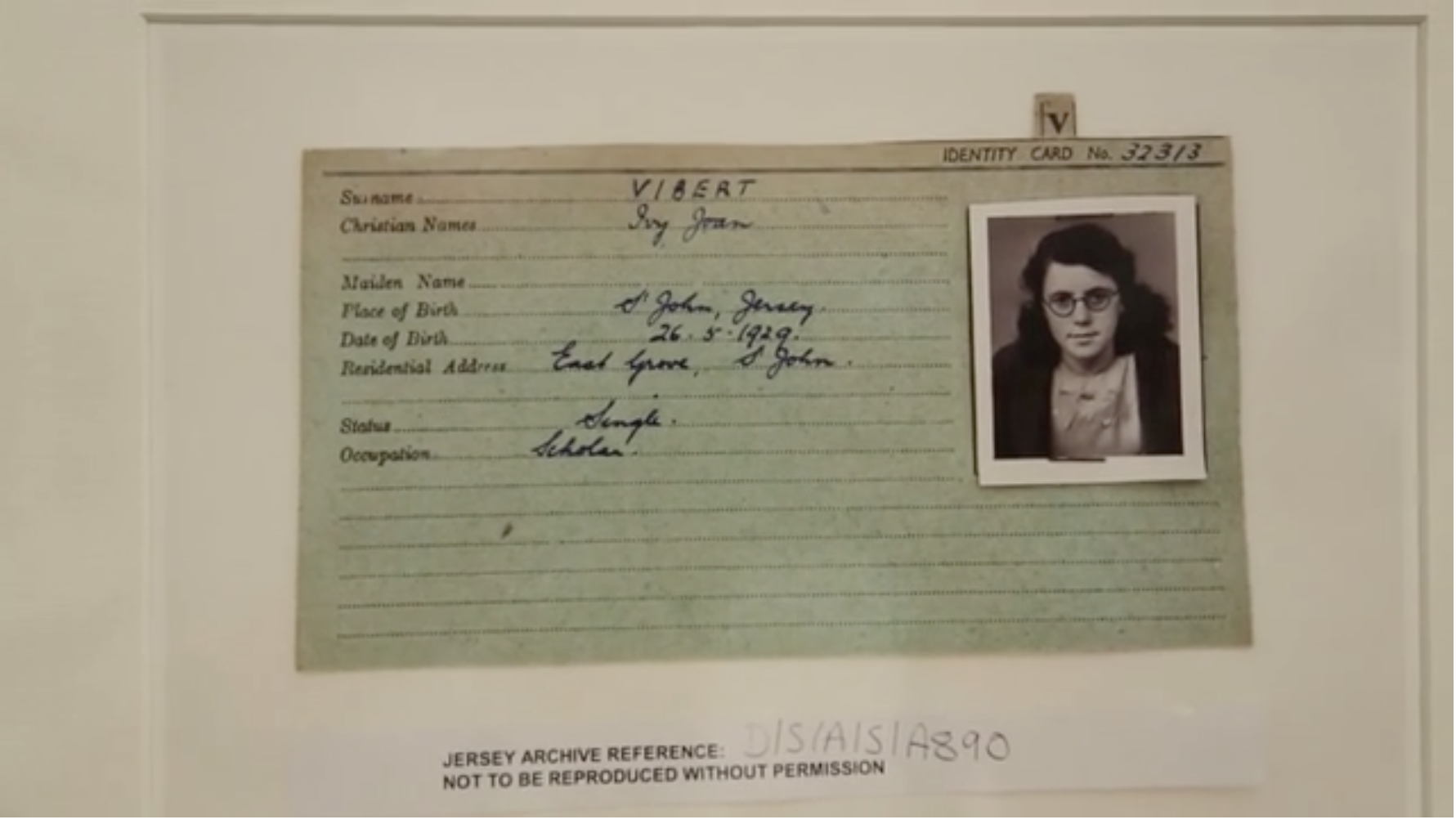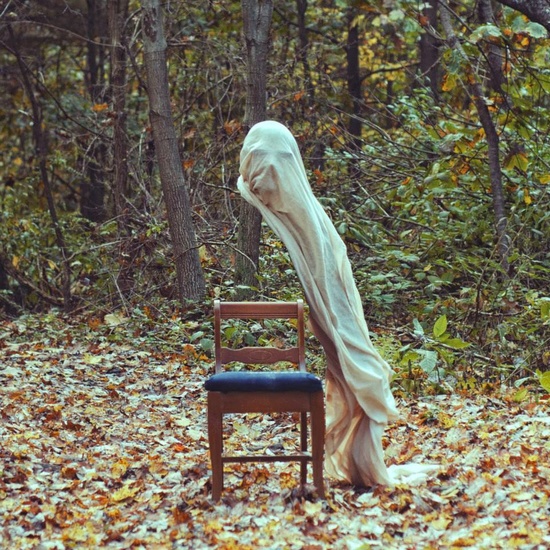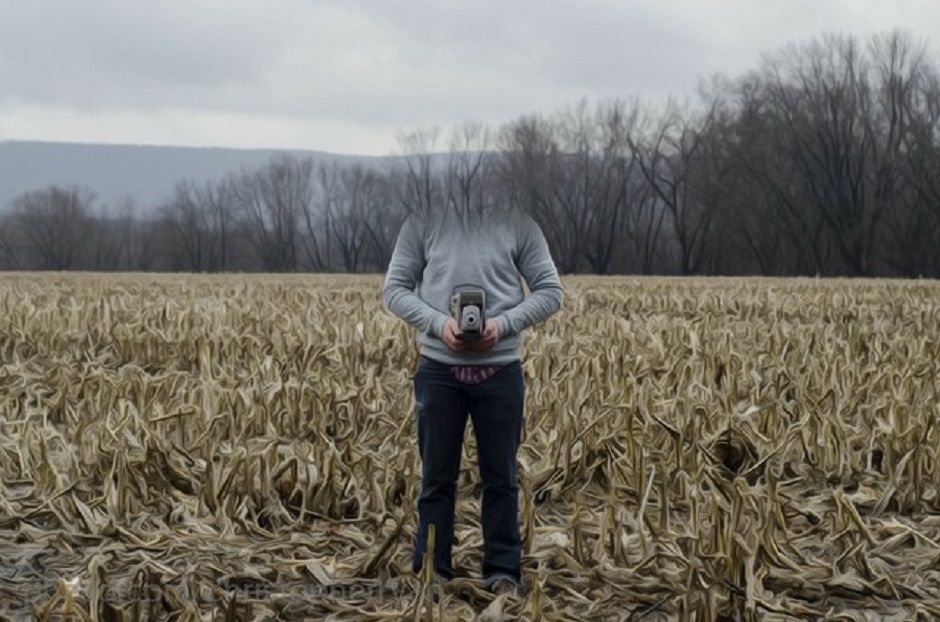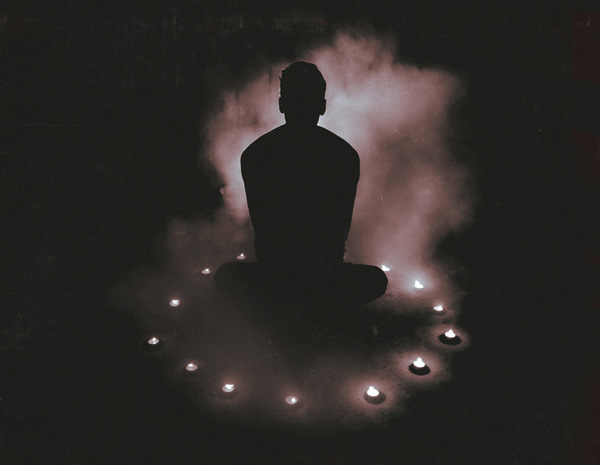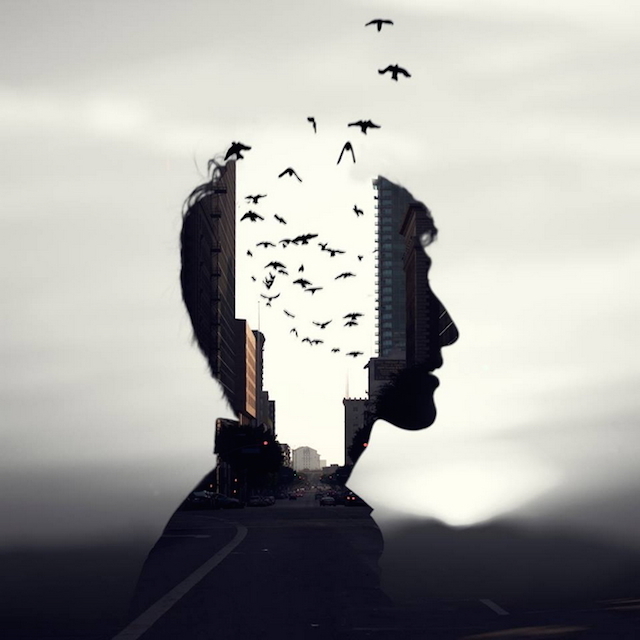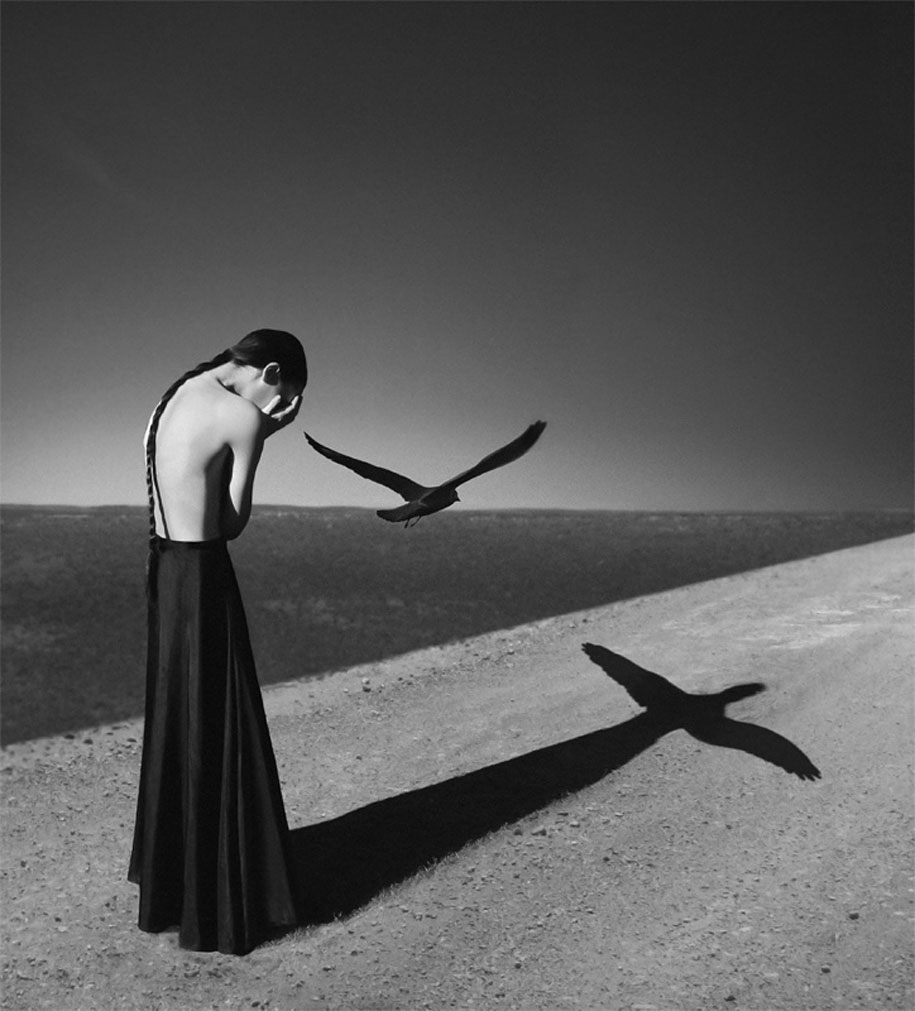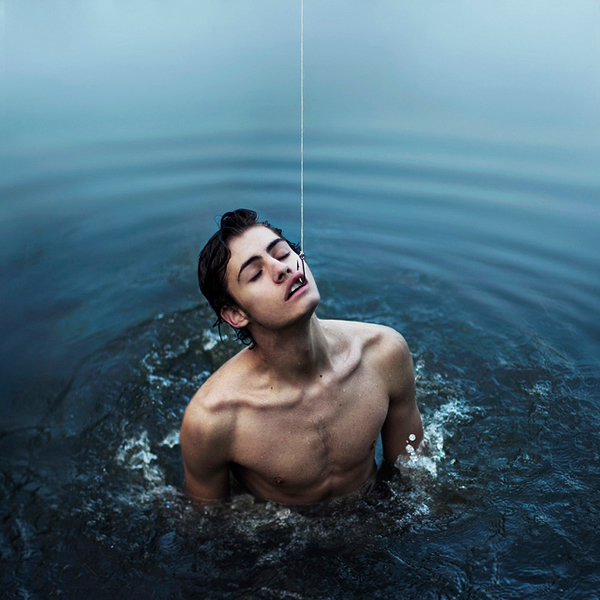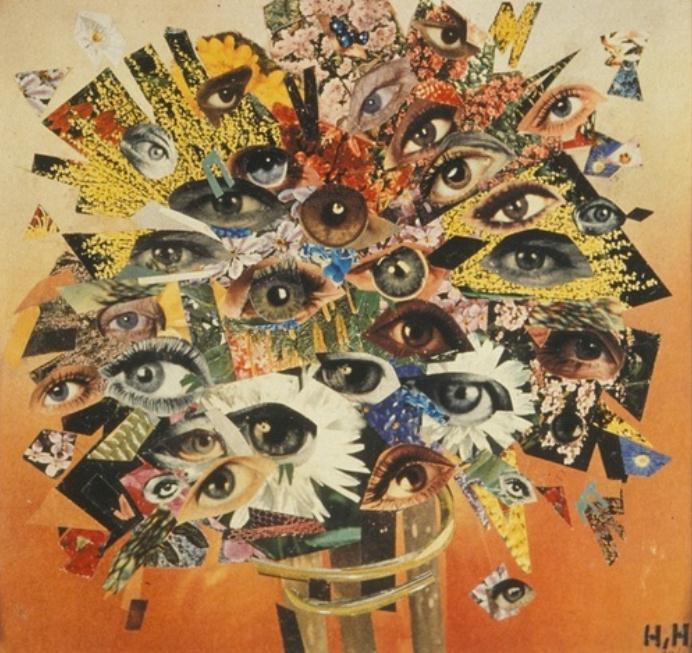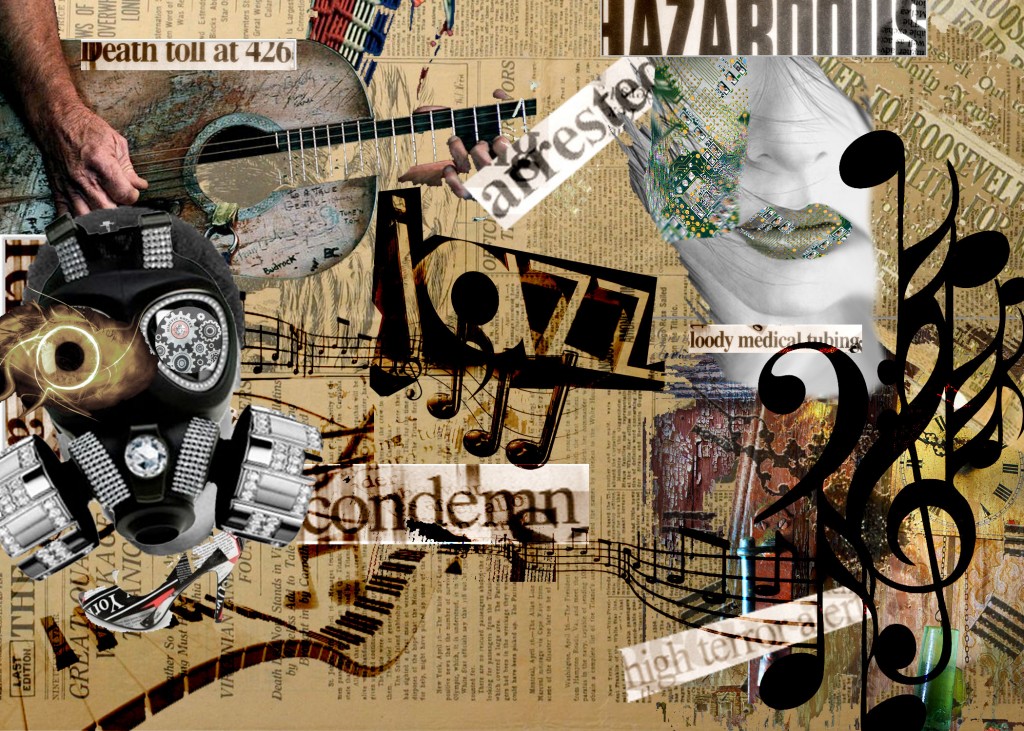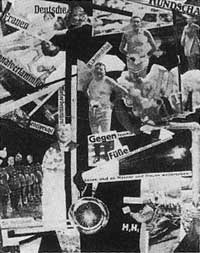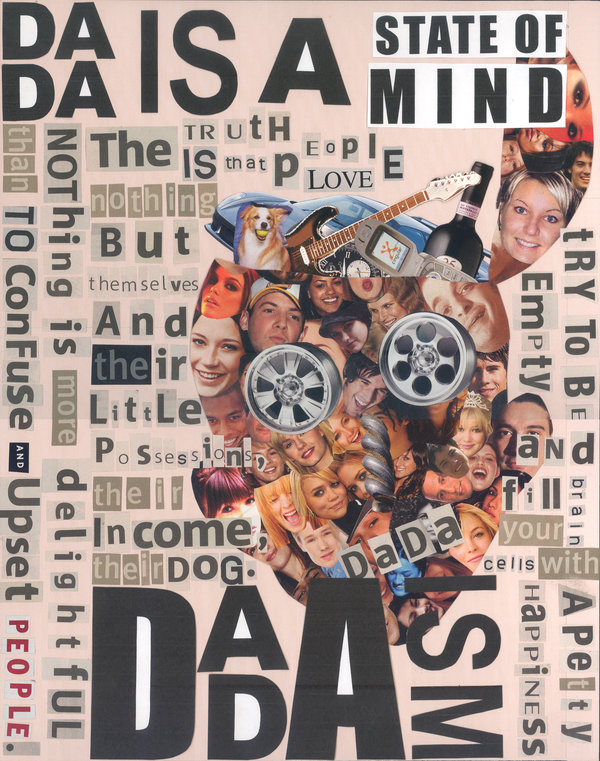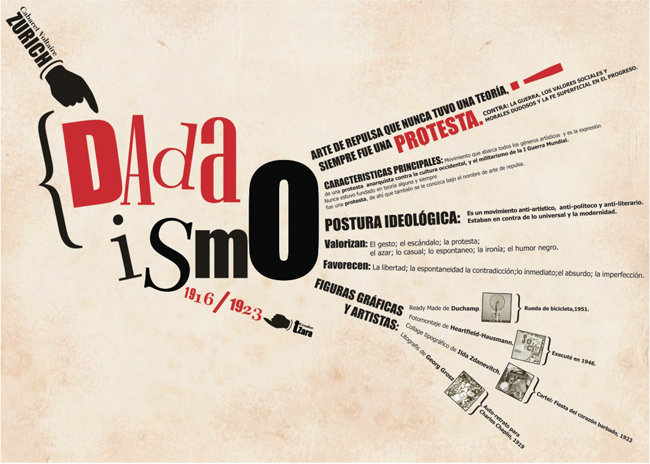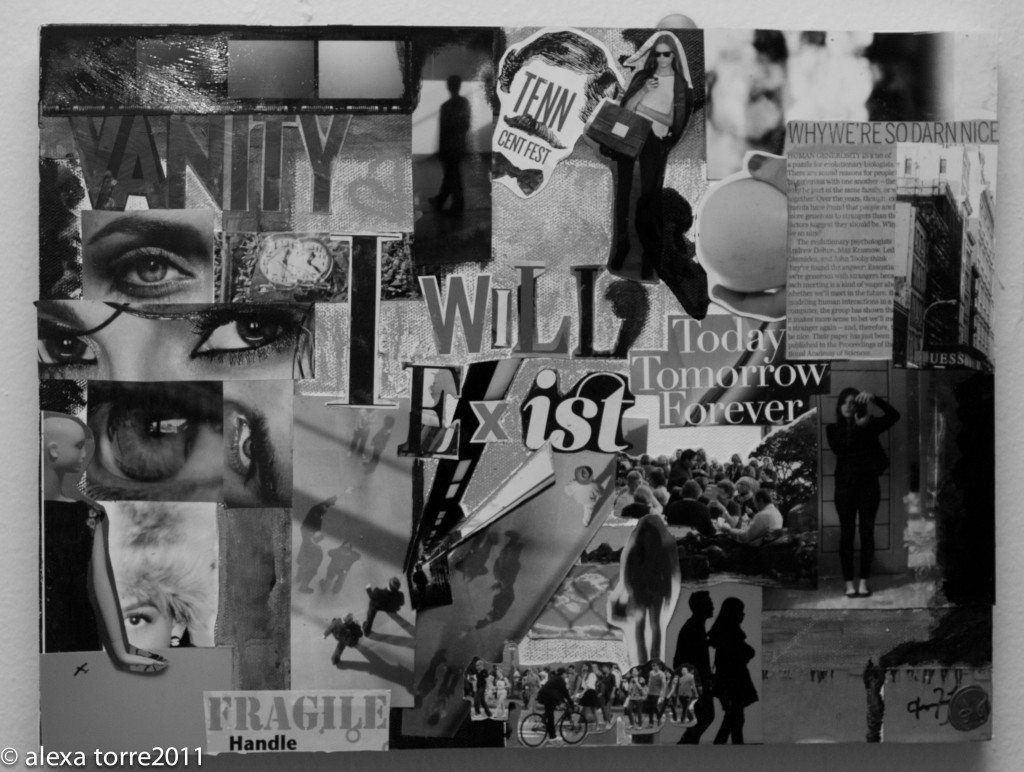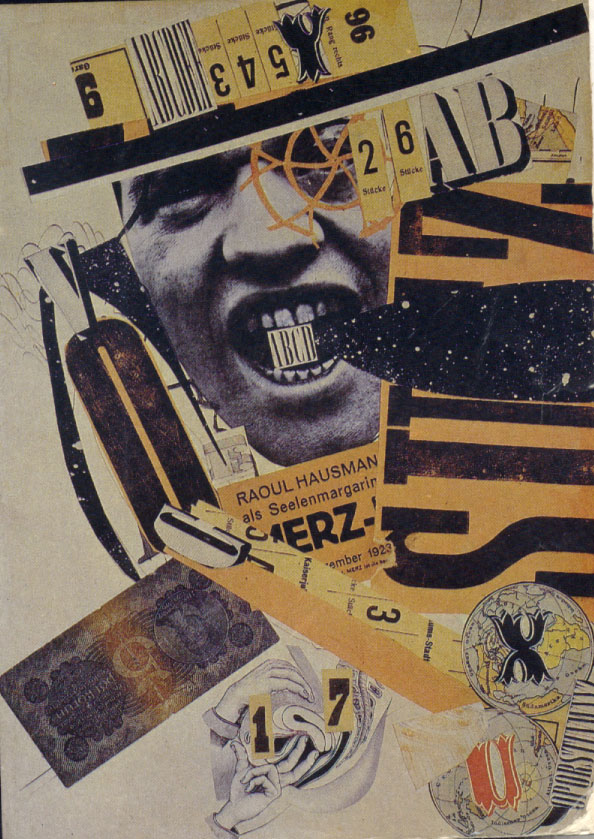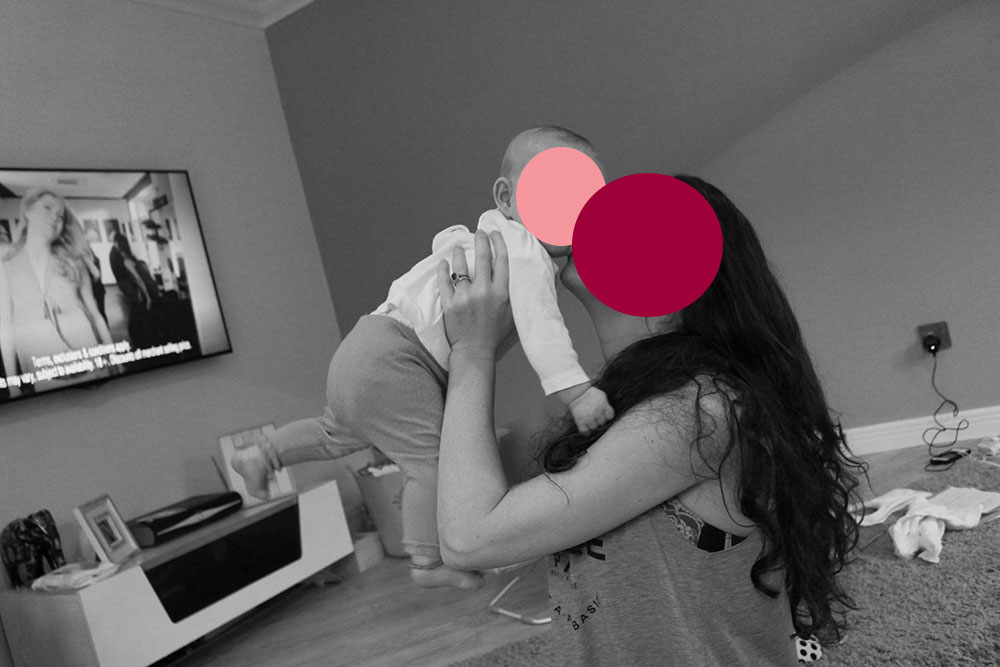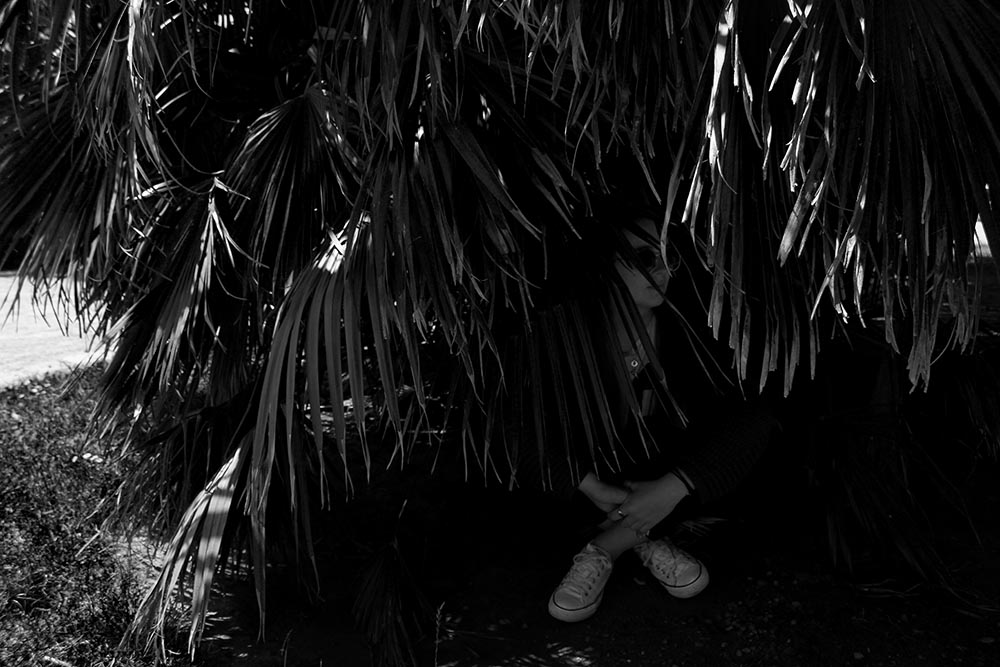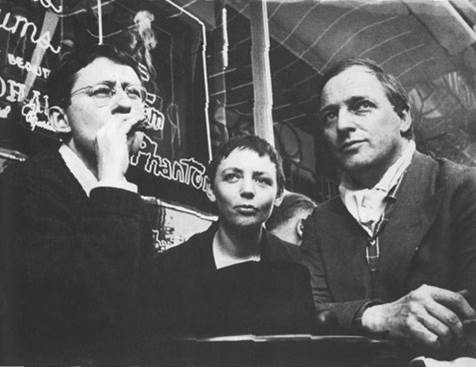A photographer that I came across and really like is Christopher Mckenney. He is a photographer from Pennsylvania who specialises in horror surrealist photography, he is also known for his live concert photography. Mckenney makes very interesting photographs and I chose him as I think that he pushed the limitations of what makes people comfortable and can challenge the way people think, making them re-evaluate and re-think what they know to be right and wrong.
Mckenney’s social media and website:
Website: http://www.christophermckenney.com/work
Instagram: https://instagram.com/mcalister_/?hl=en
Twitter: https://twitter.com/_mcalister
Flickr: https://www.flickr.com/photos/mcalister570/
Mckenney used a lot of religion in his work. I think this is because it intensifies the aspect of horror to his images with the Angel of Death and the cross being a prop in a lot of his images. I think that a lot of his images are also linked together and can create a story even though they are in different places around his blog in his show real of images.
There were a few images that caught my attention when scrolling through Mckenney’s work which I found fascinating.
These are all individual images but they all seem to connect. The same woman is seen in different places wearing what looks like a funeral gown, adjacent to tradition her clothing is completely white. This makes me think that she is possibly a widow, as white reminds me of purity and weddings. The images tell a story of how this woman seems to be sacrificing her loved ones to the sea as she is drowning the man [her husband] and giving her baby to the hand which could represent the ocean. I also see the photograph of giving her baby to the ocean a reference to the biblical story of Moses and how his real mother sent him down the river in a basket in the hopes he would have a chance of a better life, in contrast to this photograph where she seems to be sacrificing her own child to possibly protect him/her from the horrors that live in our modern day world. The image of that same woman drowning her husband could possibly show how she is killing her family in the hopes for a better life, possibly associated with the after life. She doesn’t want to see them suffer in the modern world and so believes that by sacrificing them she is saving them from the horrors of the world. The image of the woman surrounded by children’s coffins whilst holding a baby doll is strange to me and makes me think that possibly she actually sacrifices a lot of people or it could possibly represent the amount of children she couldn’t have. This woman may possibly not be able to have children of her own and the coffin’s represent all of the times she has tried to have children or the amount of children she has lost over the years. Contrary to everything I have stated, this woman could just be a psycho spinster who is angry at the world and has taken it all out on her family and the man who tried to leave her at the alter. I like that within these images you can generate many different meanings and interpret it in any way that you see as there is no set meaning behind it. These images are all just open to interpretation which is something I really like about the work of surrealism and Christopher Mckenney.
 This image makes me think of the Angel of Death and that it is guiding a small boy down the path of evil. Possibly like the film Chuckie or any horror film where children are possessed by the devil or a dark spirit. I think the dark/black clothing represents evil and badness which is being passed on to the small child making him change the way he things and creates a new mindset where all he wants to do is destroy things and people to bring the darkness to the rest of the world. I think that this image is very intense and can be quite heavy for some spectators. I also think it has a link to religion as the man in the black clothing has a cross necklace which you would associate with religion. This is why I think of the Angel of Death.
This image makes me think of the Angel of Death and that it is guiding a small boy down the path of evil. Possibly like the film Chuckie or any horror film where children are possessed by the devil or a dark spirit. I think the dark/black clothing represents evil and badness which is being passed on to the small child making him change the way he things and creates a new mindset where all he wants to do is destroy things and people to bring the darkness to the rest of the world. I think that this image is very intense and can be quite heavy for some spectators. I also think it has a link to religion as the man in the black clothing has a cross necklace which you would associate with religion. This is why I think of the Angel of Death.
These two images make me think of monks. At first I did think about the Angel of Death again but I know that there is only one Angel of Death and not multiple ones. The clothing that the subjects are wearing is something that you would often expect monks to wear as well as having the crosses round their necks which backs up the fact that these people are religious. They also look very serious in the way they are standing and almost as if they are doing some sort of ritual. I think these images are risks for the photography world as you just don’t know how people are going to react with such heavy images, especially the one where the subject model in the middle is holding the head of a wolf. This makes me think that they are possibly spiritual/religious men who are carrying out a ritual in order to gain something but you just don’t know what. However, these images could link to the image above these ones of the Angel of Death holding the shoulder of a small boy, they could have possibly be doing a ritual so that the boy would come across the knife or even so that he would turn evil.
I really like Mckenney’s take on surrealism photography and adding a horror element to it and could be seen as more nightmares rather than dreams. I find his images very interesting and unique to most photographs that I have seen. To me they are uncommon and I haven’t seen anything like them before which what makes them that much more interesting to me. I think that I will take a lot of inspiration from his work into my own work as I do find it more interesting and unique.



